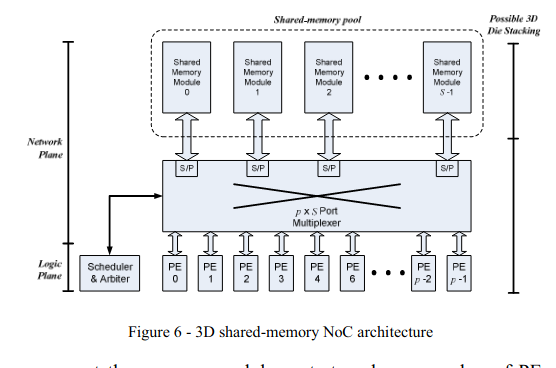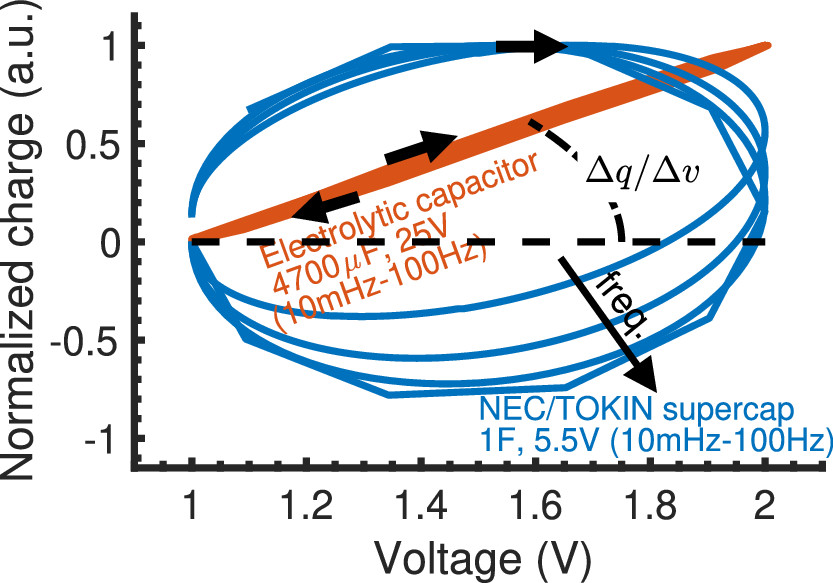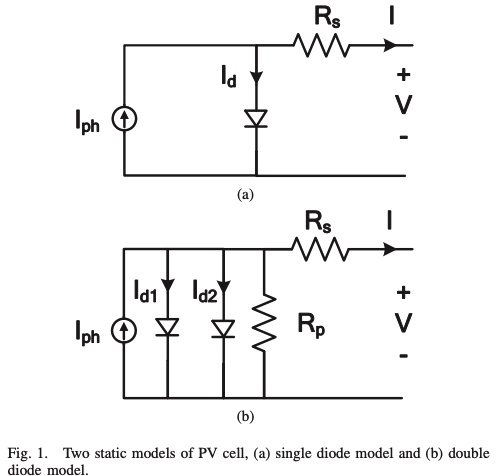Breadcrumb
Fractional-Order Model (FOM) for high-strength substrate biodegradation in conventional UASB reactor
This paper introduces a Fractional-Order Model (FOM) of Up-flow Anaerobic Sludge Blanket (UASB) reactor for wastewater treatment regarding high-strength substrate biodegradation. The model can investigate the biogas production rate as well as the specific growth rate of bacteria with extra degree of freedom. Also, the hereditary effect of resident biomass on substrate degradation is studied on periodically long terms. Moreover, biomass concentration is examined in reactor under the influence of various fractional orders. Several numerical simulation results are introduced based on Grünwald
Modified kinetic-hydraulic UASB reactor model for treatment of wastewater containing biodegradable organic substrates
This paper addresses a modified kinetic-hydraulic model for up-flow anaerobic sludge blanket (UASB) reactor aimed to treat wastewater of biodegradable organic substrates as acetic acid based on Van der Meer model incorporated with biological granules inclusion. This dynamic model illustrates the biomass kinetic reaction rate for both direct and indirect growth of microorganisms coupled with the amount of biogas produced by methanogenic bacteria in bed and blanket zones of reactor. Moreover, the pH value required for substrate degradation at the peak specific growth rate of bacteria is

Novel 3D memory-centric NoC architecture for transaction-based SoC applications
Large and complex system-on-chip devices consisting of many processor cores, accelerators, DSP functions and many other processing and memory elements are becoming common in the semiconductor industry nowadays. To communicate, these processing and memory elements need to have a network-on-chip (NoC) that is scalable enough to support large number of elements and large bandwidth among other requirements. This paper evaluates the performance of the 2D memory-centric NoC architecture from throughput and latency perspective versus the Mesh topology. We also propose a memory-centric architecture
Frequency-dependent effective capacitance of supercapacitors using electrospun cobalt-carbon composite nanofibers
Mixing carbon-based materials with pseudocapacitive material is a widely used strategy to prepare high-energy, high-power supercapacitors. However, phase separation is inevitable after extended charging/discharging which leads to the degradation of performance metrics of the device. Here, we prepare in a single step cobalt-incorporated carbon nanofibers (CNF) by electrospinning homogeneous solutions of polyacrylonitrile (PAN) with cobalt acetate at different nominal proportions (1:0 to 1:1), and investigate their stability and capacitive behavior in symmetric supercapacitors. The

Highlighting a Common Confusion in the Computation of Capacitance of Electrochemical Energy Storage Devices
[No abstract available]
Two-dimensional front-tracking model for film evaporation
To understand the physical process involved in film evaporation, a new numerical model is created using coupled quadratic finite element formulation of the conservation equations. The heat transport equation is solved in the three different phases (solid, liquid and vapor) while the Navier-Stokes equation are solved in the two fluids. The gradient discontinuity at the liquid vapor interface provides local value of the evaporative flux density that is directly linked to the interface velocity jump through mass conservation principle and used as boundary condition for two fluid flow computations
Temperature-aware adaptive task-mapping targeting uniform thermal distribution in MPSoC platforms
As on-chip integration increases, the thermal distribution becomes spatially non-uniform and varies based on the power dissipation. In this paper, we introduce a temperature-aware task-mapping algorithm to prevent hotspots and achieve a highly uniform thermal distribution using adaptive multi-threshold values. The algorithm monitors the temperature of the cores, swaps tasks when the temperature of the core is relatively higher than the average temperature of the chip. Cores are switched off if they exceed an absolute maximum temperature. Using this algorithm, reliability is enhanced by
Resistorless memristor based oscillator
This paper introduces the replacement of four and six resistors with four and six memristors at the same time for the modified single input Op-Amps oscillator. The full independency between the oscillation condition and the oscillation frequency facilitates the study. Mathematical analysis is provided for the double replacement of resistors with memristors. The whole range of operation of the memristor is taken in consideration and examined for all kind of replacements. Also, the poles of the system are presented while the existence of two, four and six memristors. © 2014 IEEE.

A generic impedance modeling technique
In this work, a generic impedance modeling technique is proposed. The technique is able to identify a circuit model that is most suitable for fitting measured impedance magnitude data using a genetic algorithm solver as well as the optimum circuit model parameters. Experimentally measured and simulated data sets with different noise levels are used to validate the technique. © 2020 Elsevier GmbH

A fractional-order dynamic PV model
A dynamic model of Photo-Voltaic (PV) solar module is important when it is utilized in conjunction with switching circuits and in grid connected applications. In this paper, a fractional-order dynamical model of a PV source is introduced. The model includes both a fractional series inductor and a parallel capacitor which are in general of two different orders allowing for extra degrees of modeling freedom. An expression for the load current is derived and the step response is investigated for different orders. It is found that the nature of the connections has a dominant effect on the response
Pagination
- Previous page ‹‹
- Page 30
- Next page ››
